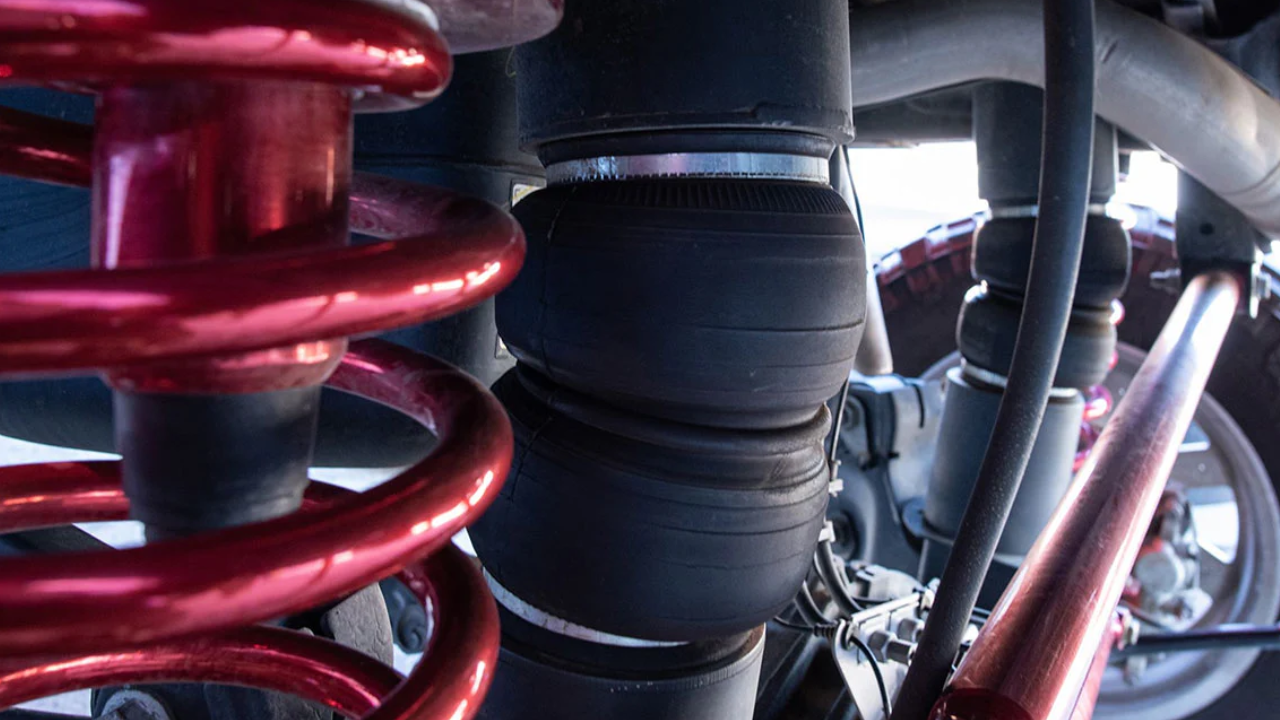Black stainless steel screws undergo a floor treatment carried out on stainless-steel 304 and 316 screws. This treatment affects the formation of a black film on the floor of the bolts. This dark film effectively upgrades the imperviousness to rust of the stainless steel fasteners, making them all the more enduring and reasonable for various applications, including outside and marine conditions. The darkening method not only gives an elegant and current style to the screws but also manages the cost of an additional layer of insurance against erosion and oxidation.
This makes black stainless steel screws a perfect preference for projects in which functionality and look are crucial considerations. Visit the given link for more information https://www.a2fasteners.com/what-are-black-stainless-steel-screws/. Whether or not utilized in production, automobiles, fixtures, electronics, or marine programs, black stainless steel screws offer a combination of energy, corrosion resistance, and visible appeal that makes them a versatile and dependable fastening answer.
Techniques Of Blackening Stainless Steel Screws
Blackening stainless steel screws can enhance both their aesthetic enchantment and their corrosion resistance. There are several strategies used to attain a black finish on stainless steel screws, each with its procedures and advantages. The primary methods encompass chemical blackening, electrolytic oxidation blackening, and chemical heat treatment blackening. Beneath is an in-depth clarification of every technique:
Chemical Blackening
Chemical blackening, or dark oxide covering, involves cleaning screws to dispense with impurities, followed by washing to push off deposits. The screws are then drenched in a warm basic arrangement containing sodium hydroxide, nitrates, and nitrites, shaping a slender layer of magnetite at the surface. Eventually, the blackened screws are fixed with oil or wax, further developing consumption obstruction. This cycle ensures a uniform, matte dark look.
Advantage
Chemical blackening affords several advantages, together with a uniform, matte black finish that enhances aesthetic appeal. It offers slight corrosion resistance, which is further enhanced through the sealing method. The approach adds the simplest skinny layer, maintaining the authentic dimensions of the screws. Moreover, chemical blackening is value-powerful, making it a cheap preference for attaining both decorative and practical enhancements in numerous applications.
Electrolytic Oxidation Blackening
Electrolytic oxidation blackening involves purging the screws to dispose of pollutants, followed by drenching them in an electrolytic arrangement containing substances that intensify, like sulfuric or chromic corrosive. An electrical modern-day is then surpassed through the screws, causing an oxide layer to form on their floor. After blackening, the screws are rinsed and sealed to enhance the end’s corrosion resistance. This electrochemical method produces a long-lasting and uniform black end with a manageable thickness.
Advantages
This method has numerous benefits. It results in a long-lasting and uniform black finish that complements the aesthetic enchantment of screws. The electrochemical process gives advanced corrosion resistance compared to different blackening strategies, ensuring toughness in harsh environments. Additionally, the managed thickness of the oxide layer contributes to the screws’ dimensional balance. This method is specifically appropriate for high-overall performance components in aerospace, electronics, and marine programs where durability and corrosion resistance are paramount.
Chemical Heat Treatment Blackening
Chemical heat remedy blackening involves subjecting the stainless steel screws to high temperatures in carbon-rich environmental elements, regularly between 500-800°C. This strategy creates a dark layer structure on the outer layer of the screws. In the wake of warming, the screws are often extinguished in oil or water to balance out the darkened layer. Extra-complete advances, including cleaning or fixing, can be done to upgrade the appearance and erosion resistance of the screws.
Advantages
Chemical heat treatment and blackening offer great advantages. It produces a wealthy, deep black end on stainless steel screws, improving their aesthetic appeal and imparting a specific look. The process additionally improves the screws’ wear resistance and floor hardness, making them appropriate for heavy-duty and high-wear packages. Moreover, the blackened layer is fundamental to the fabric surface, ensuring durability and long-lasting performance. This method is right for industrial equipment, equipment, and components subjected to worrying environments.
Final Words
Each blackening method for stainless-steel screws has particular advantages and is appropriate for distinctive applications. Chemical heat remedy blackening gives the most durable and wear-resistant end, making it suitable for commercial and heavy-duty packages. Choosing the ideal method relies upon the particular requirements of the application, including preferred appearance, corrosion resistance, and durability.













